There are many animals in the world but which one is the laziest? This is a hard question to answer. Some people might say sloths because they move so slowly. Other people might say Koalas because they sleep a lot. But there is one animal that is even lazier than both, and that is the opossum.
In this article, we will be discussing the laziest animals and why it is considered to be the laziest animal.
Here are Some of the Laziest Animals Around the World
- Lions
- Cats
- Koalas
- Lemurs
- Sloths
- Cuckoo Bird
- Echidna
- Hippopotamus
- Nurse Shark
- Opossum
- Owl Monkey
- Pig
- Pygmy Blue Tongue Lizard
- Python
1. Lions

The lion is one of the laziest animals in the world. They spend up to 20 hours a day sleeping and lounging around. Even when they are awake, they often just lie around and rest. Their diet consists mainly of meat, which they get by hunting. Lions are very good at hunting and often take down large prey, such as zebras and wildebeests. They are also good swimmers and climbers.
Lions are carnivores and their diet consists mainly of meat. They usually hunt in groups; each lion will eat about 15 pounds of meat at a time.
Fun facts about lions:
- Lions are the only cats that live in groups, called pride.
- A group of lions is called a pride.
- A male lion’s mane can grow up to 6 feet long.
- Lions can run up to 50 mph.
- Lions can jump as high as 10 feet in the air.
2. Cats

Cats are one of the laziest animals around. They sleep between 12 and 18 hours a day, and when they’re not sleeping, they’re usually just lounging around. Their diet consists mostly of sleeping and lounging, with the occasional meal of food.
Some fun facts about cats:
- Cats have a third eyelid, called a haw, that helps them keep their eyes clean and protected.
- Cats have a unique ability to land on their feet, thanks to a flexible backbone and no collarbone.
- Cats have a strong sense of smell and can identify other cats by scent.
3. Koalas
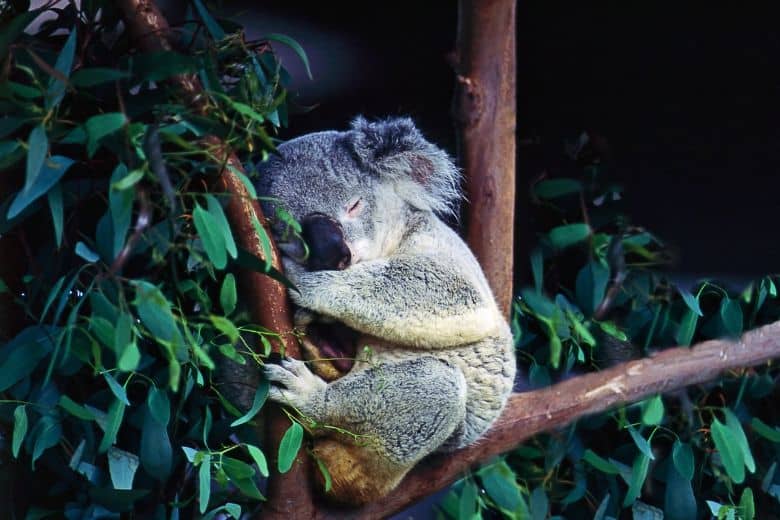
The koala is a marsupial that is native to Australia. The koala has a body that is similar in appearance to a teddy bear and is one of the most popular animals in Australia. The koala is also one of the laziest animals in the world.
The koala typically sleeps for around 18 hours each day and has a very slow metabolism. This means that the koala doesn’t need to eat very much and can survive on a diet of eucalyptus leaves.
Despite their lazy reputation, koalas are actually very good climbers and can climb up to 50 feet (15 meters) high in a tree. Koalas are also very good swimmers.
Some Fun facts:
- Koalas are not bears. They are marsupials.
- They have a very slow metabolism and can survive on a diet of eucalyptus leaves.
- They are good climbers and can climb up to 50 feet (15 meters) high in a tree.
- They are also good swimmers.
4. Lemurs

Lemurs are a type of primate that is native to the island of Madagascar. They are known for their unique appearance and their slow, lazy movements. Lemurs are one of the laziest animals in the world, spending up to 18 hours a day sleeping and dozing.
Their diet consists mainly of fruits and leaves, and they are very adept at climbing trees. Lemurs are also interesting in that they are one of the few animals that exhibit lateralized behaviour, meaning that they use different sides of their brain for different tasks. For example, they use the left side of their brain for most social activities and the right side for more solitary activities like grooming.
Fun facts:
- Lemurs are the only primates that are native to Madagascar.
- Lemurs are the slowest and laziest of all primates.
- Lemurs are expert climbers and can leap up to 30 feet (9 meters) from tree to tree.
- Lemurs have a very strong sense of smell and use it to communicate with each other.
- Lemurs are one of the few animals that exhibit lateralized behaviour, meaning they use different sides of their brain for different tasks.
5. Sloths
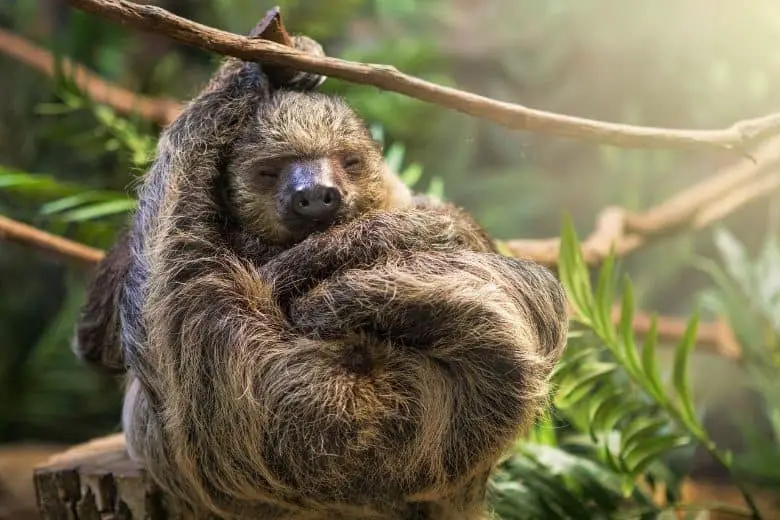
Sloths are arboreal mammals noted for their slowness of movement and for spending most of their lives hanging upside down in the trees of the tropical rainforests of South America and Central America. They are the world’s slowest mammals, but they are also some of the most fun-loving and gentle creatures around.
Despite their reputation, sloths are not lazy. They are simply conserving their energy because they have a very slow metabolism. In fact, sloths are some of the hardest working animals around, spending up to 16 hours a day sleeping and resting.
When they are awake, sloths spend most of their time eating, as they have a very slow digestive system. Their diet consists mostly of leaves, buds, and fruits from the trees they live in.
Some fun facts about sloths include:
- Sloths can live for up to 30 years in the wild.
- Sloths are excellent swimmers and can even hold their breath for up to 40 minutes underwater.
- Sloths are very popular animals and have even been featured in movies like Ice Age and Madagascar.
6. Cuckoo Bird
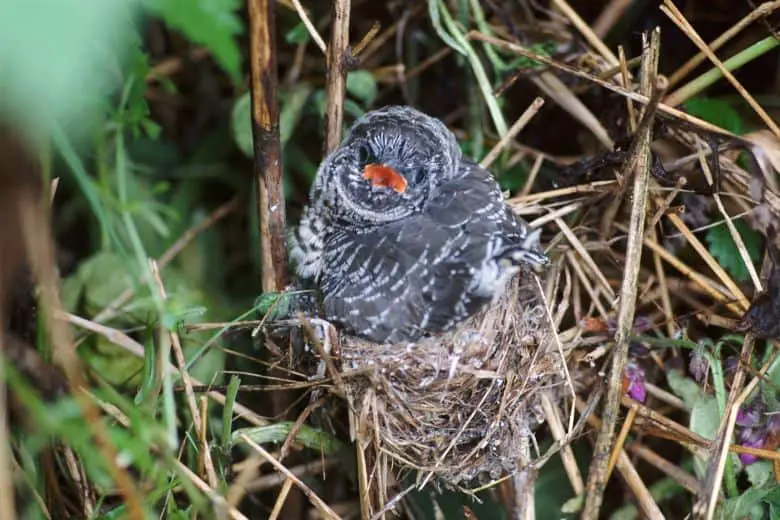
The cuckoo bird is one of the laziest animals in the world. It is a small bird that is found in Africa, Europe, and Asia. The cuckoo bird is known for its distinctive call, which sounds like “cuckoo, cuckoo.” The cuckoo bird is also known for being one of the laziest birds in the world. It is not uncommon for a cuckoo bird to spend up to 18 hours a day sleeping.
When it is awake, the cuckoo bird usually spends its time eating insects. The cuckoo bird is also known for being one of the most vocal birds in the world.
Some fun facts about the cuckoo bird:
- The cuckoo bird gets its name from its distinctive call.
- The cuckoo bird is one of the laziest birds in the world. It is not uncommon for a cuckoo bird to spend up to 18 hours a day sleeping.
- The cuckoo bird is also one of the most vocal birds in the world.
7. Echidna
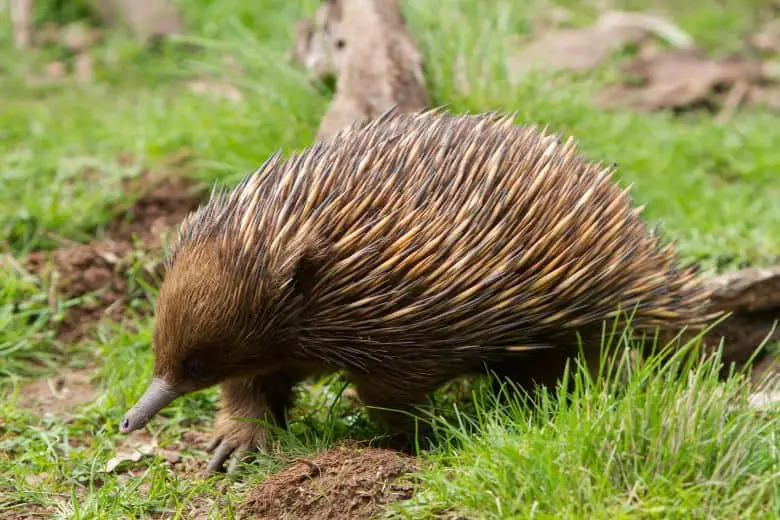
Echidnas are small, spiny mammals found in Australia and New Guinea. These unusual creatures are the only members of the family Tachyglossidae, which is part of the monotreme order. Echidnas are sometimes called “spiny anteaters” because they eat ants and termites, using their long, sticky tongues.
Echidnas are relatively small animals, measuring anywhere from 10 to 35 inches long, depending on the species. They are covered in sharp spines, which protect them from predators. Echidnas have poor eyesight, but make up for this with an excellent sense of smell.
Echidnas are mostly nocturnal animals, spending the majority of the day sleeping in burrows. They are solitary creatures, only coming together to mate. Females lay a single egg, which is incubated in a pouch on the mother’s belly. The young echidna, called a “puggle,” will stay in the pouch for several months before venturing out on its own.
Echidnas are found in a variety of habitats, including forests, woodlands, and grasslands. They are proficient swimmers and climbers, and are able to dig tunnels rapidly, using their strong claws.
Echidnas are not considered endangered at this time, although their populations are believed to be in decline. Habitat destruction and hunting are the biggest threats to these unique animals.
Echidnas are among the laziest of animals, spending up to 80% of their time sleeping. They are known to doze off while walking, and will often sleep for extended periods in the same position.
Echidnas have a diet that consists mainly of ants and termites, which they catch using their long, sticky tongues. These animals are also known to eat other small invertebrates, as well as the occasional lizard or mouse.
Fun facts about Echidnas:
- Echidnas are sometimes called “spiny anteaters.”
- These animals are the only members of the family Tachyglossidae.
- Echidnas are found in Australia and New Guinea.
- Echidnas are mostly nocturnal animals.
- Females lay a single egg, which is incubated in a pouch on the mother’s belly.
8. Hippopotamus
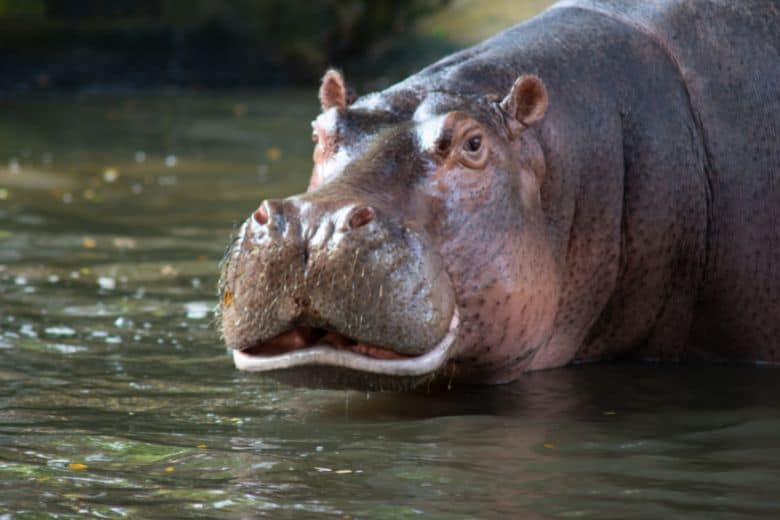
The Hippopotamus is a large, herbivorous mammal native to sub-Saharan Africa. The name comes from the ancient Greek for “river horse”. Despite their size and weight, they are capable of running 30 km/h (19 mph) over short distances. They mostly spend their time wallowing in rivers and lakes, but they are also good swimmers and can stay submerged for up to five minutes.
Hippos are one of the laziest animals on the planet. They spend up to 16 hours per day sleeping or lying in the water. When they are not sleeping, they are usually grazing on grasses. Hippos are mostly nocturnal, but they may be active during the day in cooler weather.
Hippos are one of the most dangerous animals in Africa. They are known to attack and kill people who come too close to their territory. They are also very aggressive towards other animals and have been known to kill lions and crocodiles.
Fun facts:
- Hippos can open their mouths up to 150 degrees!
- Hippos sweat red oil that acts as a natural sunscreen.
- A group of hippos is called a “bloat”.
- Hippos are born underwater and can hold their breath for up to five minutes.
9. Nurse Shark

Nurse sharks are one of the laziest animals on the planet. They spend most of their time sleeping in the ocean, only waking up to eat.
Nurse sharks are nocturnal, meaning they are most active at night. They are bottom-dwellers, meaning they spend most of their time near the ocean floor.
Nurse sharks are carnivores, meaning they eat other animals. They primarily eat fish, but they will also eat squid, crabs, and shrimp.
Fun facts about nurse sharks:
- Nurse sharks can live up to 25 years in the wild.
- Nurse sharks can grow to be up to 14 feet long.
- Nurse sharks are not considered dangerous to humans, but they will defend themselves if they feel threatened.
10. Opossum

The opossum is a North American marsupial that is considered to be the laziest animal in the world. They are known to sleep for up to 18 hours a day and can even spend up to 22 hours a day sleeping if they are undisturbed.
When they are not sleeping, they are usually just lounging around or eating. Their diet consists mostly of insects and small animals, but they will also eat fruit and plants.
Some fun facts about opossums include that they are immune to snake venom and they can play dead for up to six hours if they feel threatened.
11. Owl Monkey

Owl monkeys are one of the laziest animals on the planet. They sleep an average of 18 hours a day and spend the majority of their waking hours eating and grooming. Their diet consists mostly of fruits, leaves, and insects.
Owl monkeys are social animals that live in groups of up to 15 individuals. They are also one of the few species of monkey that are monogamous, meaning they mate for life with one partner.
Fun facts about owl monkeys:
- They are the only species of monkeys that are entirely nocturnal, meaning they are active at night and sleep during the day.
- They have large eyes that help them see in the dark.
- They are the smallest species of monkey, weighing only 2-3 pounds on average.
12. Pig

Pigs are one of the laziest animals on the planet. They sleep for up to 16 hours a day and spend most of the day lying around. Pigs also have a very poor diet and are known to eat just about anything. Some fun facts about pigs include that they are excellent swimmers and can run up to speeds of 11 miles per hour.
13. Pygmy Blue Tongue Lizard
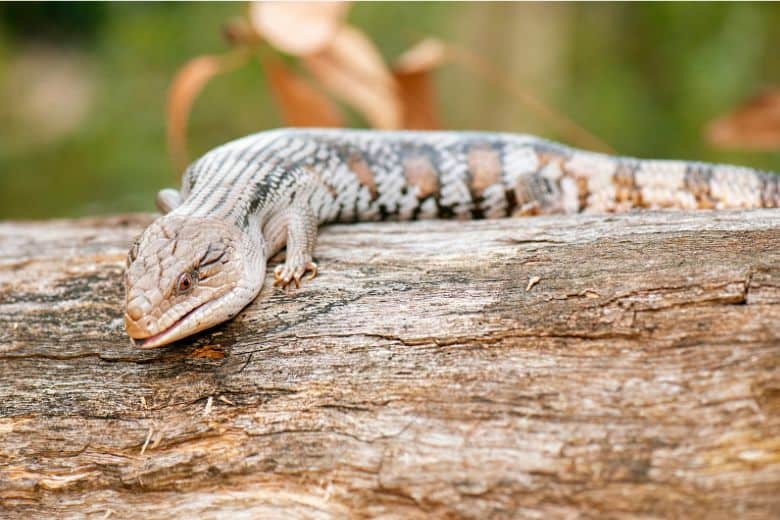
The pygmy blue tongue lizard is a small, slow-moving reptile that is native to Australia. These lizards are not very active, and spend most of their time basking in the sun or hiding in the shade.
These lizards are nocturnal, meaning they are most active at night. They are also very lazy animals, and can sleep for up to 18 hours a day!
Pygmy blue tongue lizards are herbivores, and their diet consists mostly of leaves, flowers, and fruits. These lizards are not very good swimmers, but they can climb trees and bushes.
Some fun facts about pygmy blue tongue lizards are that they are often kept as pets, and they can live up to 20 years in captivity.
14 Python

Pythons are one of the laziest animals around. They can spend up to 18 hours a day sleeping! And when they’re not sleeping, they’re not doing much else either. Pythons are ambush predators, so they just lie in wait for their prey to come to them. They don’t even need to actively hunt for food – they can just sit and wait for an unsuspecting animal to wander by.
Pythons are also some of the heaviest eaters in the animal kingdom. They can consume up to 75% of their body weight in a single meal! And they don’t need to eat very often, either. A large python can survive for months – even years – without eating anything.
Fun fact: Pythons are the world’s largest snakes! Some species can grow to over 20 feet in length.

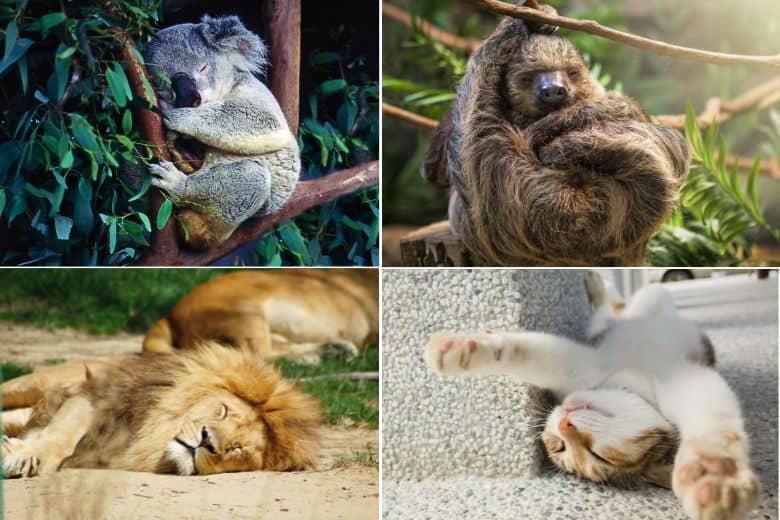
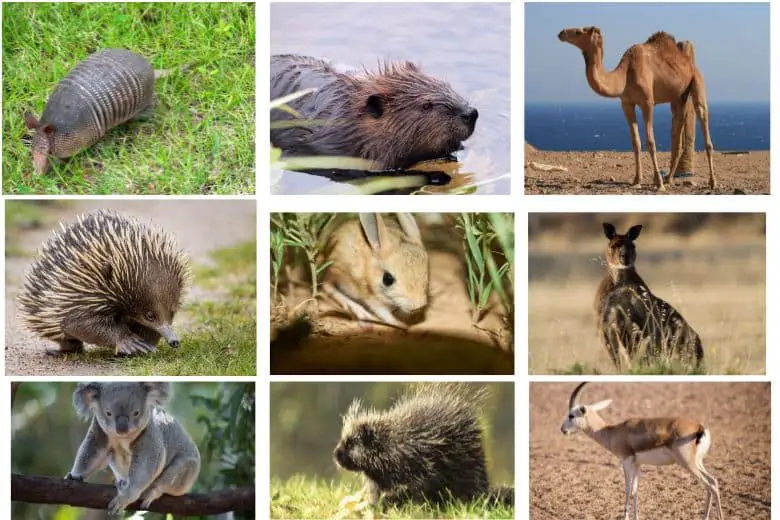
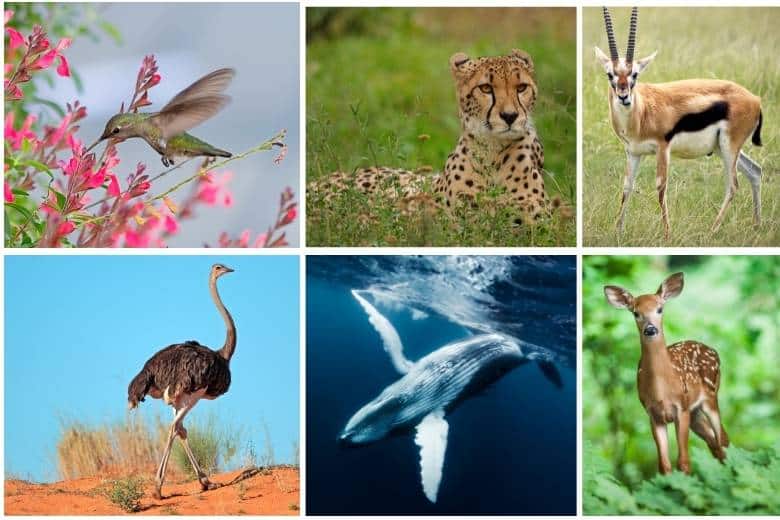
Pingback: What Animal Has the Longest Tail - Animal Blogz